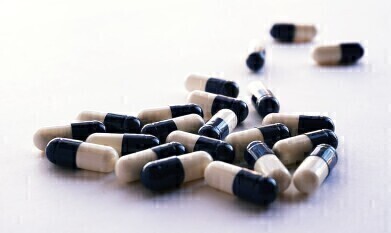Laboratory Products
How Do You Test for Nitrosamines?
Jan 03 2023
Most people are exposed to nitrosamines on a daily basis. However according to the FDA, long-term exposure to high levels of nitrosamines can increase the risk of cancer. For example, people taking a blood pressure medication called quinapril may be at risk due to high concentrations of a nitrosamine impurity called N-nitroso-quinapril. Similarly, smokers are an at-risk group due to ongoing exposure to high concentrations of ttobacco-specific nitrosamines.
In the United States, the FDA sets limits on the acceptable daily intake of nitrosamine impurities. It’s currently 96 ng/day and is designed to minimise exposure to the carcinogenic compounds. Nitrosamine testing plays an important role in ensuring manufacturers sell products that are safe for consumption. So, how do you test for nitrosamines? Read on for a closer look at nitrosamine testing methods.
Detecting nitrosamine impurities in medications
In Canada, national department Health Canada has developed a series of testing methods to detect nitrosamine impurities in drug products. They’re designed to help both manufacturers and regulators meet required nitrosamine levels.
GC-MS/MS
Gas chromatography-tandem mass spectrometry (GC-MS/MS) is one of the most useful methods. It relies on direct injection and is an accurate and reliable way to detect impurities like N-Nitrosodimethylamine (NDMA) and N-Nitrosodiethylamine (NDEA) in finished products used to treat high blood pressure.
UPLC-MS/MS
Ultra-high performance liquid-chromatography-tandem mass spectrometry (UPLC-MS/MS) is widely used to test for nitrosamines in ranitidine products used to reduce stomach acid. Health Canada also recommends using UPLC-MS/MS to detect nitrosamine impurities in metformin medications used to control blood glucose levels. These medications are prescribed to patients with type 2 diabetes but can contain high concentrations of NDMA and NDEA, as well as N-nitrosodiisopropylamine (NDIPA), N-nitroso-di-N-butylamine (NDBA) and N-ethyl-N-nitroso-isopropylamine (NEIPA).
GC-MS/MS can also be used to test metformin medications and detect N-nitrosodimethylamine (NDMA) impurities. NDMA has forced manufacturers to issue multiple recalls over the past few years and as a probable carcinogen, is especially dangerous in high concentrations.
A warning from the European Medicines Agency
While the risks of nitrosamine exposure are very real, the European Medicines Agency (EMA) warns that patients shouldn’t stop taking prescribed medications without consulting a GP. Referring to NDMA contamination, Pär Tellner, a representative from the European Federation of Pharmaceutical Industries and Associations (EFPIA), says the risk of cancer is small for most patients. “It is more important to control your blood pressure,” he says. “I think you need to put this into some sort of perspective and not panic.”
Testing isn’t just the backbone of the pharmaceutical industry. It’s also widely used in the agricultural sector. Find out more about how scientists and veterinarians use testing to detect pathogens, parasites and antibodies in ‘Accurate Testing keeps Farm Animals Healthy’.
Digital Edition
ILM 49.5 July
July 2024
Chromatography Articles - Understanding PFAS: Analysis and Implications Mass Spectrometry & Spectroscopy Articles - MS detection of Alzheimer’s blood-based biomarkers LIMS - Essent...
View all digital editions
Events
Jul 28 2024 San Diego, CA USA
Jul 30 2024 Jakarta, Indonesia
Jul 31 2024 Chengdu, China
ACS National Meeting - Fall 2024
Aug 18 2024 Denver, CO, USA
Aug 25 2024 Copenhagen, Denmark

-(1)-(1).jpg)


24_06.jpg)













